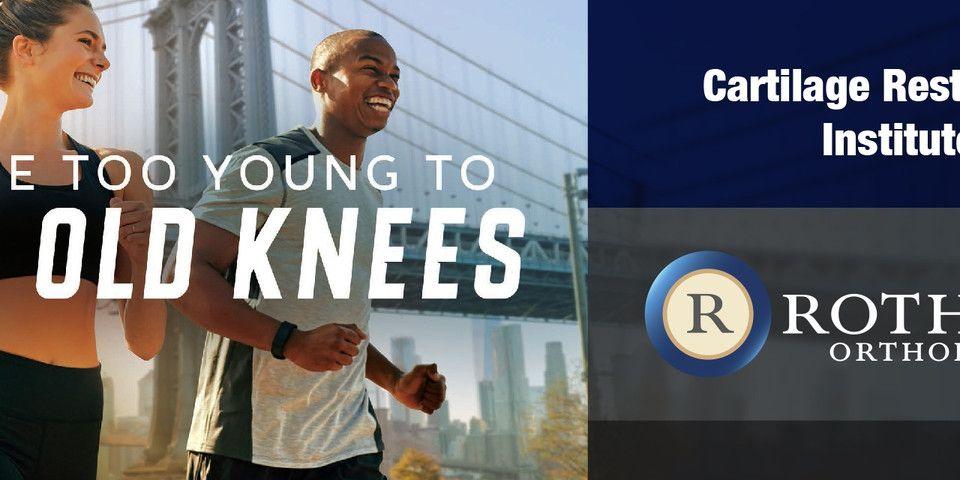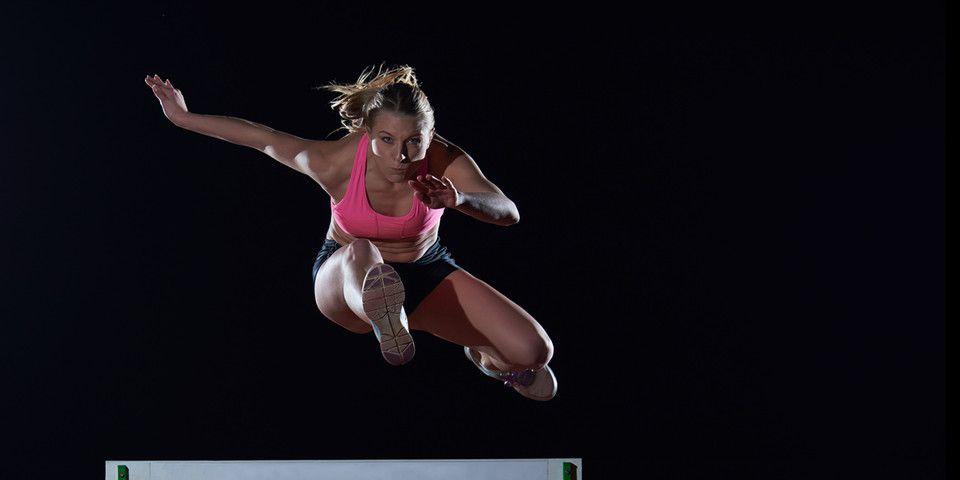Everything You Need to Know about Rotator Cuff Tear Treatment in NYC
Where to Go for Rotator Cuff Tear Treatment NYC Patients Trust
The Shoulder & Elbow and Sports Medicine Specialists at Rothman Orthopaedic Institute, of course! Every year, approximately two million people in the United States visit their doctor with a rotator cuff injury. If you fall within this statistic, it’s not only crucial to seek treatment from the best source possible, but to also be as knowledgeable on the subject as you can be. That way, when it comes time to make a decision on the best treatment method, you and your doctor can select the best course of action possible.
What Is a Rotator Cuff Tear?
The rotator cuff is made up of four muscles and their tendons that “cuff” around the upper end of the arm at the shoulder. It is essential to keeping the arm within the shoulder socket. It is also key to your arm’s ability to lift and rotate. When one or more of the tendons tear, they begin to fray. This is a partial tear. If the tendon tears to the point of becoming severed from the bone, it is considered a full-thickness tear. There are two main causes of rotator cuff tears:
-
A sudden, traumatic injury caused by falling on your shoulder, lifting something too heavy, a sports injury, forceful impact, or another associated injury.
-
Natural degeneration caused by every day “wear-and-tear” as we age or from heavy overuse. This is the most common cause of rotator cuff tears.
Those who are older, participate in physically-demanding activities, play sports, or perform a lot of overhead work are more susceptible to experiencing a rotator cuff tear. Symptoms include:
-
Intense pain from a sudden injury
-
Pain that develops/worsens over time from a degenerative injury
-
Pain when lifting, rotating or resting the arm
-
Cracking/popping sensation when moving the shoulder
-
Arm weakness
Rotator Cuff Tear Diagnosis
An in-depth consultation with a Rothman Orthopaedic Institute Sports Medicine or Shoulder & Elbow specialist will be able to determine if you are in fact suffering from a torn rotator cuff. Each consultation is tailored to each patient’s specific needs, but a general meeting will involve:
-
A detailed review of your medical history
-
A thorough physical examination
Once you have explained your symptoms to the doctor, they will examine your shoulder and test its mobility range and strength and look for any visible deformities. If they believe there is a strong possibility of a torn rotator cuff being the source of your pain, they will most likely order an x-ray and/or MRI to get a better view of the tear and determine for certain if the rotator cuff is torn.
Non-surgical Rotator Cuff Tear Treatment
Approximately 80% of patients with torn rotator cuffs report improved functionality and less pain as a result of non-surgical treatments. Non-surgical treatment options include:
-
Rest
-
Pain relief/ Anti-inflammatory medication
-
Activity restrictions
-
Steroid injections
-
Physical therapy/ Strengthening exercises
Non-surgical treatment is typically the first option to consider, but the recovery time may be greatly extended and the tear may not fully heal. For some individuals, this may be sufficient. However, for highly active individuals or athletes, further treatment may be advised.
Surgical Rotator Cuff Tear Treatment
If the tear does not respond to non-surgical treatment options (or the tear is too severe), surgery may be recommended. There are generally three different types of surgical procedures performed on the rotator cuff (depending on the size, location and severity of the tear):
-
Arthroscopy: Needing only a small incision, this minimally-invasive procedure involves the shoulder surgeon inserting a small camera into the shoulder joint. She or he will then use the camera’s view to guide through the surgical process which will be performed using miniature surgical instruments. During an arthroscopic procedure, the shoulder surgeon will be able to evaluate and repair the tear, as well as shave and/or remove any spurs that may have formed.
-
Mini-open Surgery: This type of procedure first utilizes arthroscopic techniques to assess and treat minimal damage, such as the removal of bone spurs. Once that portion of the surgery is completed, the rotator cuff is repaired through a small incision.
-
Open Surgery: When a tear is too large, severe and/or complex, open surgery is the only option. Through a shoulder incision, the surgeon detaches the deltoid muscle to gain access to the tear.
Regardless of your treatment method, rehabilitation instructions prescribed by your doctor must be followed very carefully in order to increase the chances of a full recovery.
Rothman Orthopaedic Institute is the premier source for rotator cuff tear treatment in NYC. To schedule an appointment, click here or contact us at 1-800-321-9999.
Related Specialties
Related Conditions
Related Programs
-

Cartilage Restoration Institute
This is a center where patients can go to have their disabled joint biological resurfaced, realigned, and stabilized without having the joint replaced by artificial materials such as metal and plastic. It is well known that the outcomes of patients under the age of 50 undergoing artificial joint replacement are not as good as we would like. Therefore we feel the future of Orthopaedics is to try to restore a joint back to its original anatomy by realignment, ligament reconstruction, and cartilage restoration.Read More -

Women’s Sports Medicine Program
The Women’s Sports Medicine Program at the Rothman Orthopaedic Institute is the first of its kind in the Philadelphia metro area and one of only several such programs specializing in the comprehensive care of the female athlete in the country.Read More




